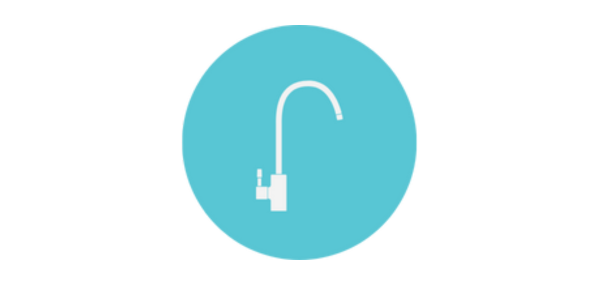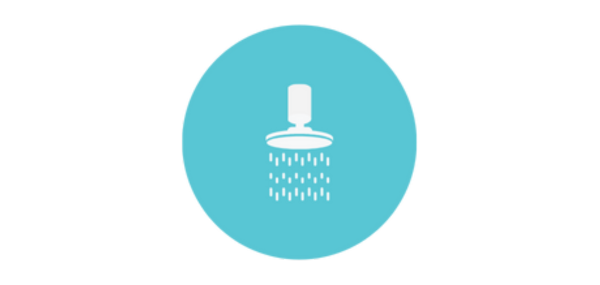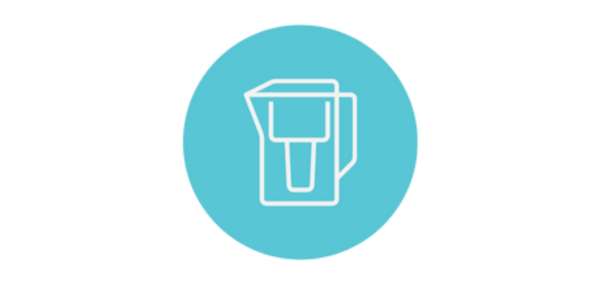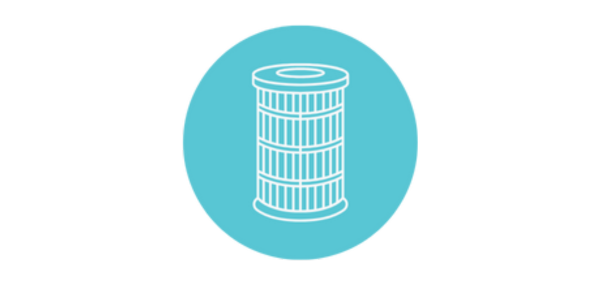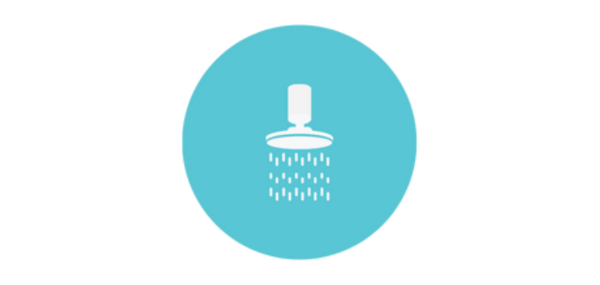

Nitrates in our drinking water - How serious is it already ?
A new Waikato Regional Council (WRC) report has revealed worsening nitrate concentration levels among many of the region’s water sources. Using monitoring data to measure nitrate concentrations in groundwater and in rivers,
In 2021 it found that 12% of the 120 monitored wells in the region have nitrate concentrations
exceeding the New Zealand drinking water standard of 11.3mg/L
and 20% have concentrations above half of it ...
But not only in the Waikato, it is all over the country
A recent study from Greenpeace in Canterbury rings alarm bells ....
- Parts of Aotearoa’s water supplies are contaminated by high levels of nitrate
- This water pollution is rising due to the use of synthetic nitrogen fertiliser and industrial dairying
- Research has shown that Nitrates are linked to various types of cancer and premature births
Many know Pupu Springs in Golden Bay,
the treasured largest deep water spring in the southern hemisphere.
It is now also polluted with nitrates !
Many rivers and streams show high nitrate concentrations.
It is in our wells and aquifers ...
And there is more ...
RNZ Today in Feb 2021 revealed that nitrogen-containing waste water from a Fonterra factory had contaminated the private water bores of people living nearby. One Cambridge couple had nitrate levels exceeding New Zealand's drinking water standards.
How safe are our NZ Drinking Water Standards for Nitrates ?
The NZ standard is set according to WHO guidelines.
HOWEVER the NZ standard is much higher than a well-publicised 2018 Danish study, which linked a statistically significant increase in colorectal cancer to nitrate levels in drinking water.
The Danish standard is a lot lower than the NZ:
They recommend 0.87mg/L being the limit !
Otago University's Dr Tim Chambers said New Zealand should take a precautionary approach and reduce the maximum level from 11.3mg/L to 1mg/L.
If NZ followed the Danish standard,
then many of our water supplies are in the danger zone !
How serious is our trend in Aotearoa ?
I did some research myself and checked out some Watercare - Auckland reports and other region's records from the last 8 years. I found that many nitrate levels in 2012 were still between 0.1 to 3mg/l, well below the NZ standards.
For example:
Wellsford TP: 2012 - 0.4mg/l in 2020 5.3mg/l = 13.2x times
Waikato TP: 2012 - 1.29mg/l in 2020 4.87mg/l = 3.8x times
Onehunga TP : 2012 - 3.1mg/l in 2020 14.7mg/l = 4.5x times
Here are the results from Watercare Auckland 2021 testing:
All levels above 0.87mg/l are marked red as not ok. Seriously elevated levels are getting one/two or thre exclamation marks ! ! !
Nitrate levels:
Ardmore 0.55mg/l
Bombay 5.5 ! !
Cornwall 0.13
Helensville 0.7
Huia 0.4
Muriwai 3.8 ! !
Onehunga 12.4 - 14.4 ! ! ! !
Papakura 0.7
Pukekohe 0.13
Snells 0.05
Victoria Avenue 0.2
Waikato 3.6 ! !
Waitakere 0.06
Waiuku 0.1
Warkworth 0.02
Wellsford 3.8 ! !
Beware these are maximum readings. This means that at times the water source produces such high readings, at other times it is lower. I rather orientate on the upper levels than appeasing myself on the minimum levels.
Looking at the increase within 8 years (2021):
Many water supplies have a Nitrate increase of 3-10 times !!!

Waikato Auckland Airport, Auckland, Anzac, Buckland, Central Business District, Clarks / Waiau Beach, East Tamaki / Botany, Glenbrook Beach, Glen Eden / New Lynn, Henderson, High Head, Hillsborough, Howick / Pakuranga, Hilltop, HBC /
Waiwera, Kitchener, Maungawhau, Mangere, Mt Hobson,
Manurewa, Otara / Papatoetoe / Manukau Central, Oratia,
Otahuhu, Patumahoe, North Shore
Nitrate is a tasteless and odorless chemical that is increasingly found in our drinking water. Nitrate pollution reaches into our water sources from livestock farm's runoff, sewage facilities and from applications of nitrate fertilizers in farming.
Nitrates Transform Hemoglobin. The danger of nitrates in our drinking water comes from when we digest it. In our digestive system, nitrates are transformed into nitrites. Nitrites oxidize the iron in our blood cells. The result is the creation of methemeglobin, which lacks the oxygen of hemoglobin.
In layman's speak, that means that our blood isn't able to carry and transfer oxygen like it's supposed to. Luckily, adults have an enzyme that is able to convert methemeglobin back to hemoglobin rapidly. But infants under 6 months old do not have this enzyme!
Protect Pregnant mum and baby from Blue Baby Syndrome 
The syndrome that infants can develop from too many nitrates in their drinking water is called Blue Baby Syndrome. Technically it's called methemoglobinemia. It is as disturbing as it sounds. The baby is not getting oxygen all over its body and it turns blue! As you can imagine, this is a serious problem.
For this same reason, pregnant women also should be concerned about nitrates. Even a small level of nitrites can interfere with a developing baby.
Adults Should Worry About Nitrites Too
 Adults are not off the hook either. Water that has higher nitrate levels can be harmful to adults. There is a point where our bodies can't produce enough enzymes to fix our blood. When this happens, drinking too many nitrates can actually be a cancer risk. Prolonged reduced oxygen levels in our blood is the very environment cancer cells can expand into cancer growth.
Adults are not off the hook either. Water that has higher nitrate levels can be harmful to adults. There is a point where our bodies can't produce enough enzymes to fix our blood. When this happens, drinking too many nitrates can actually be a cancer risk. Prolonged reduced oxygen levels in our blood is the very environment cancer cells can expand into cancer growth.
Recent international research has shown an association between colorectal cancer and nitrates in drinking water at levels as low as 0.87mg/L.
Bowel cancer - colorectal cancer
is the second highest cause of cancer death in New Zealand.
Rates in Canterbury and Southland are particularly high !
What can we do to protect ourselves ?
It is a task for our government to regulate the application of synthetic Nitrogen fertiliser and industrial dairy farming in order to make the industries ecologically more sustainable.
Individually, if you find that your water source has potentially higher nitrate levels, you can protect yourself with a Specialised Water Filter for your drinking water.
An ordinary carbon filter does not filter out nitrates !
E: info@ionza.co.nz
PH 0800 101 707 Yours sincerely
Yours sincerely
Joseph Blessing
Ionza Ltd
Sources:
1) Greenpeace - 'Water testing raises concern' - Nitrates in our water, Steve Abel - 5.June 2021
2) Auckland Watercare - 'Annual Water Quality report': https://www.watercare.co.nz/About-us/Reports-and-...
3) RNZ - 'Drinking water nitrate limit 11 times higher than it should be - health expert': 9th Feb 2021: https://www.rnz.co.nz/news/national/436088/drinki...
4) Farmers Weekly: 'Waikato waterway nitrate levels worsening' - 10th May 2021: https://farmersweekly.co.nz/#



